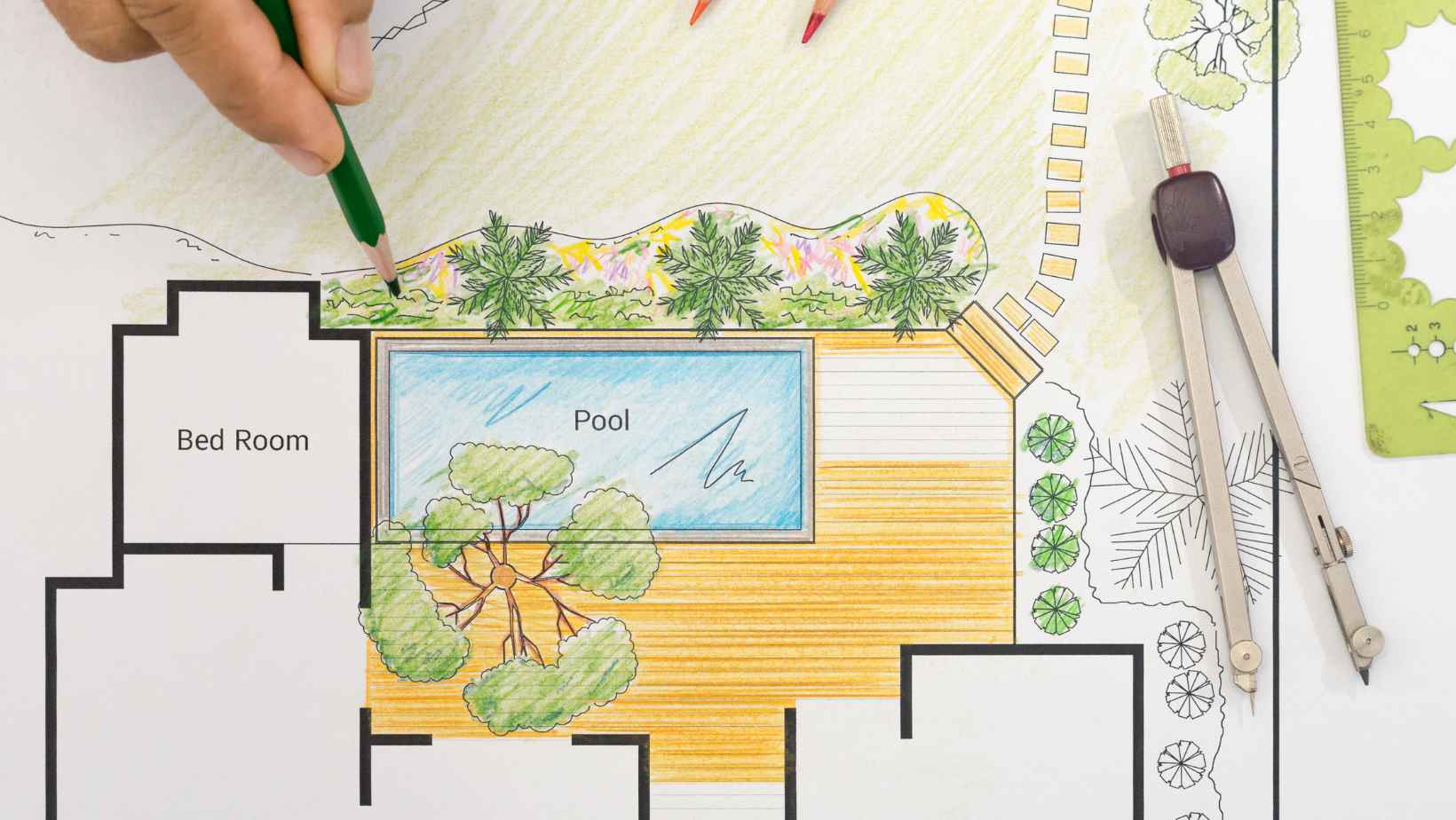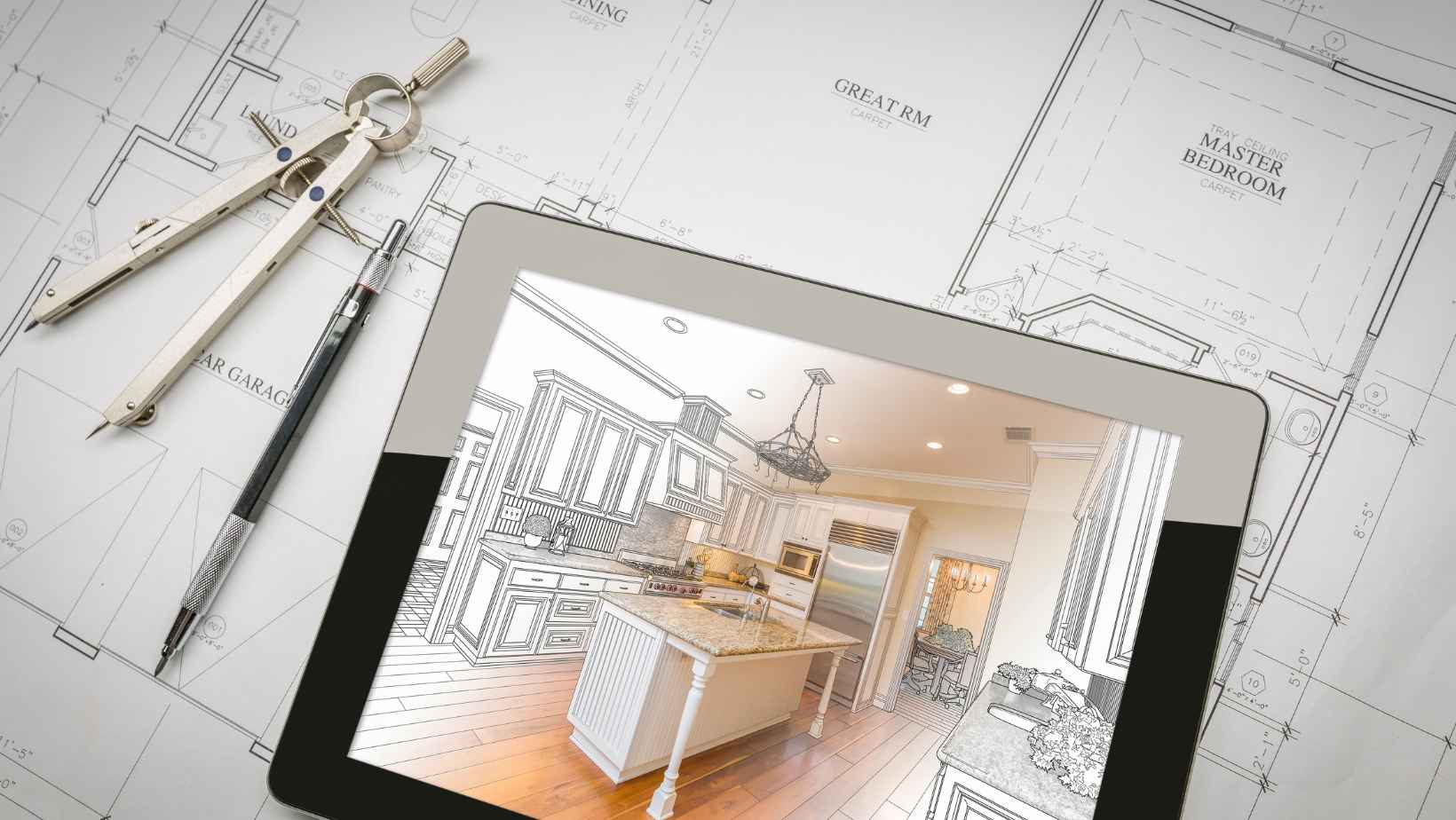Site plan renderings make full-size architectural plans easier to understand for customers, businesses, and property sellers. These visualizations bring your architectural ideas to life and create tangible realities.
What is a Site Plan Rendering and Why Do You Need One?
A site plan rendering is a 3D site plan or an architectural project that showcases the appearance of a constructed space, either as it exists or how it will look in the future. These plans include natural landscape elements that may change over time, such as landscaping features.
Transform Your Development Project
Architectural presentations like site plan renderings resemble satellite imagery of a 3D plot plan or a bird’s eye view of a floor plan rendering. They provide a colored image representation of a project, transforming it into a realistic reality that’s easy to comprehend.
Top 5 Types of Site Plan Renderings to Consider
Different perspectives in the rendering process can result in various types of site plan renderings:
- Photorealistic Renderings: Ultra-realistic visuals that bring your project to life. These renderings provide potential customers with realistic expectations, which can be crucial for selling an apartment or winning public works competitions.
- Hand-drawn Renderings: A personal, artistic touch that adds character and charm. Talented architects can create these drawings for building site planning interpretations, current floor plans, or future developments like hospital site plans or commercial projects.
- 3D Model Renderings: A dynamic, interactive way to showcase complex projects, such as small homes, large homes, or entire neighborhoods to be built. They offer a high-quality service in architectural visualization.
- Hybrid Renderings: A unique blend of styles that makes your project stand out. This creative interpretation often combines 3D rendering with 2D site plans.
- Interactive Renderings: An immersive, interactive experience for stakeholders. Ideal for new construction projects, these renderings help sell property or win architectural competitions.

Crafting a Site Plan Rendering that Wows
Standing out in the face of growing competition can be challenging. Here are some practical tips to make your rendering pop, regardless of its type:
- Illuminate with Multiple Light Sources: Combine natural light with indoor light sources for a photorealistic effect. Proper lighting can help customers interpret textures accurately.
- Draw Inspiration from Photography and Videography Concepts: Useful in interactive renderings, these concepts can create the illusion of a documentary or movie. Think of your rendering as a film, avoiding cuts to the main areas of the plan and experimenting with new angles.
- Ensure Correct Measurements and Scales: An architectural project can only impress when its measurements are accurate. Distorted realities may be perceived if your rendering isn’t based on real-world scale drawings. A good library of objects in correct measurements will help you create renderings faster and improve perspective when working with new dimensions.
Refining Textures and Color Schemes
You can always revisit your textures and general imagery for editing. Color correction is crucial to an impressive design process for real estate clients. Study popular paint brand color schemes for inspiration, and utilize tools that allow you to create custom colors for unique projects.
Building a Vast Texture Library
Textures can elevate a bland rendering. Invest in a wide range of textures to deliver a client-centric experience that meets their exact needs. From grass textures to glass and window textures, build your portfolio with as many detailed textures as possible to make each project unique.
Mastering Color Theory
Your main colors should represent the primary areas of the building, while secondary colors should be reserved for objects like furniture. Mixing secondary colors should be avoided.
Conclusion
Attractive site plan renderings can be achieved by following different principles. Photorealistic renderings offer the most detail, while 3D model renderings provide explanatory insights for customers and construction teams. Hand-drawn renderings add a personal touch that no rendering software can deliver. Other types of appealing site plan renderings include hybrid renderings and interactive renderings.
The right professional or team of professionals can help create these stunning site plan renderings. Each type has a unique touch that can make a project stand out. In the end, they can drive sales or help stakeholders understand construction projects more effectively than a simple 2D plan. Remember that quality services and timely delivery are essential factors when choosing a provider for your rendering services.
